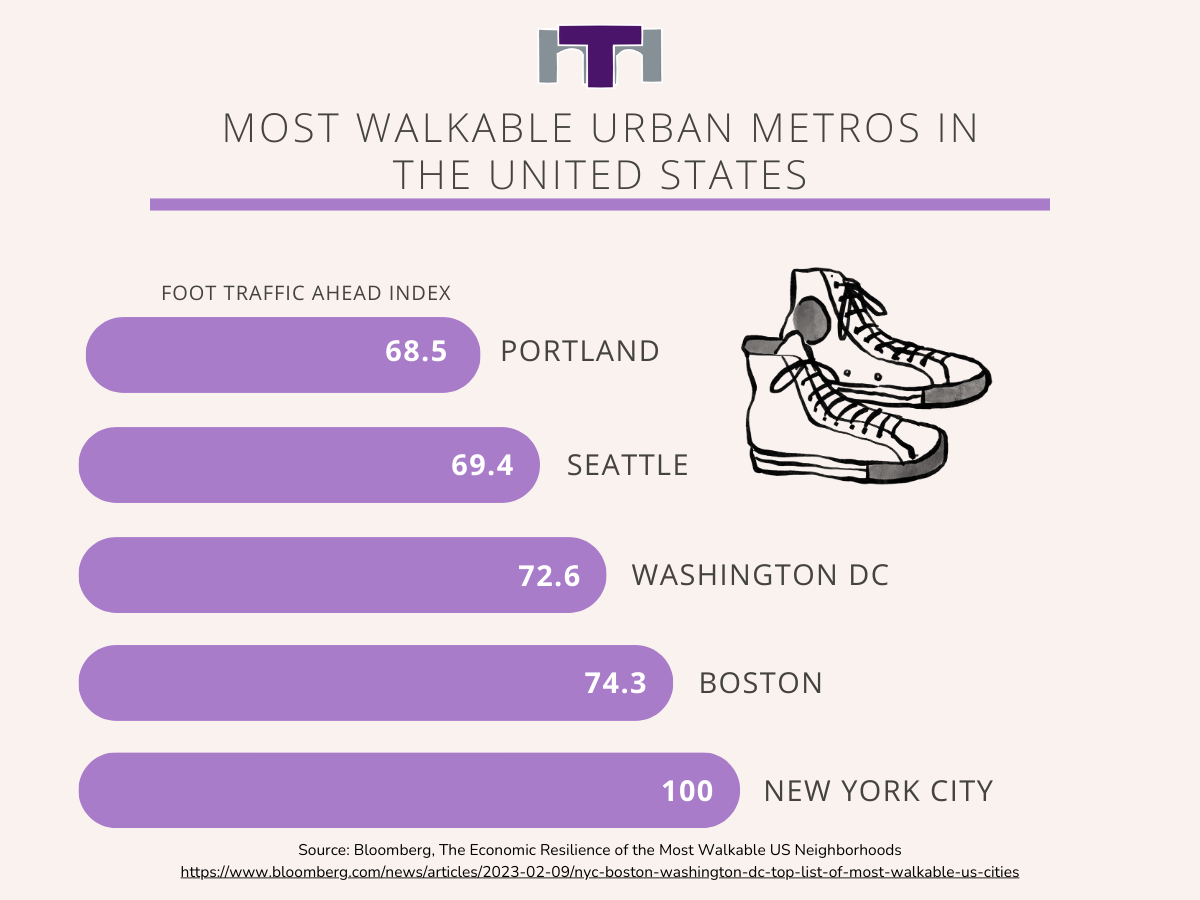Everyone has heard the phrase: “Aim for 10,000 steps a day.”
However, the ability to wake up and walk to breakfast, go on midnight trips to the gas station, take a casual walk, and know that you will have a sidewalk to stay on is a rarity. As such, college campuses often provide the first-ever haven for average students to get to and from entertainment options, in addition to class.
Why should a college campus be the only place where people do not have to worry about making it to their destination? According to the Associated Press, pedestrian fatalities reached a 40-year high in 2022, with deaths up a whopping 13%. There should not be the conflict of a person asking themselves whether they want to worry about potential injury or even death, every time they want to take a walk.
What will it take for cities to become fully walkable for pedestrians?
Personal transportation is the cause of one of the largest carbon emission sources. According to the Climate Reality Project, a whopping 58% of people use their cars for light trips such as driving to work, doing groceries, or driving to restaurants.
The climate is reaching a point of no return.
The overreliance on automobiles is an issue that could be resolved by cities making sidewalks walkable, traffic lights with a safe amount of time to cross, and safe places for bicyclists to ride their bikes in.
If people were able to live, work, and find entertainment in cities without needing a car to get everywhere, local economies would be able to support themselves. According to the Climate Reality Project, “a majority of millennials, who are expected to make up half of the American workforce by 2025, have expressed desire to live in a place where they don’t have to own a car.”
The transition to walkable cities would increase the productivity and vitality of local economies. In addition, walkable cities would potentially allow people to manage mental health issues as well as avoid rising physical health problems like heart disease and diabetes.
Where do college campuses come into play?
At the University of St. Thomas alone, students can walk to grab a meal or go to the Mississippi River for a walk. If they have time, they can take a 40-minute walk and reach a more populated shopping district in Highland Park. However, even UST would not be considered to have a high density of walkable activities for students compared to the University of Minnesota.
Personally, my favorite thing about UST’s semi-walkability has been going on walks around the Mississippi River. The accessibility to an area that is well taken care of, isn’t mostly a storm drainage area, and has other people milling about is not a landscape I had growing up and is much appreciated.
A green space that isn’t a random afterthought should be necessary in every landscape. It would boost the productivity of people if they could easily walk themselves to an area that has been helped to retain its natural landscape.
Pursuing walkable cities is beneficial until college campuses are not the only place people can safely walk around a city.
Kendall Shostak can be reached at shos1216@stthomas.edu



